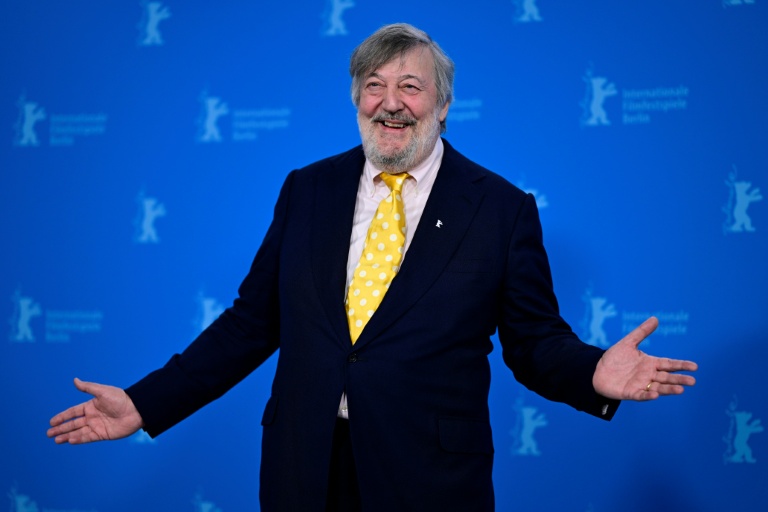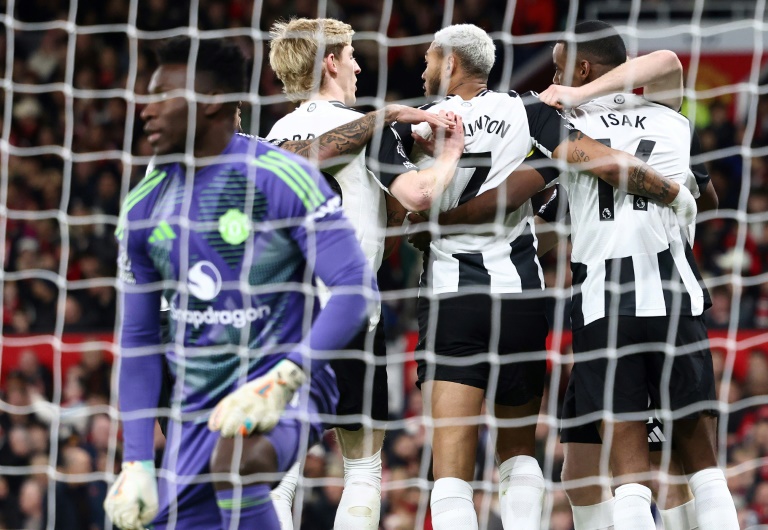THE Hong Kong dollar climbed to its strongest level in three and a half years, thanks to a year-end surge in demand that pushed the currency’s short-term borrowing costs to a record high.
The city’s currency, which is pegged to the US dollar, touched 7.7609 per US dollar on Monday (Dec 30), a level unseen since June 2021. The move has taken its December gain versus the greenback to 0.3 per cent.
Meanwhile, the overnight Hong Kong Interbank Offered Rate, the local money-market benchmark better known as Hibor, soared to 6.5 per cent, its highest ever.
The appetite for the Hong Kong dollar tends to strengthen towards the year-end as banks replenish liquidity to meet regulatory requirements. Higher dividend payouts by Chinese firms listed in the Asian financial hub and mainland investors’ stronger interest in the city’s rallying stocks also fuelled demand.
The rise in Hibor “could be due to year-end HKD liquidity squeeze coupled with a low HK aggregate balance”, said Ken Cheung, chief Asian foreign-exchange strategist at Mizuho Bank. The local currency’s interest rate premium over the greenback’s and its dividends-induced demand will send the Hong Kong dollar below 7.76, he added.
The seasonal cash crunch is an added tailwind for the Hong Kong dollar, whose peg to the greenback has helped it buck a retreat among Asian currencies in the last three months. The prospect of fewer US interest-rate cuts and the expected inflationary impact of Donald Trump’s policies have underpinned the US dollar.
The city’s currency is confined to a trading band of 7.75 to 7.85 per US dollar.
The funding squeeze also has resulted in Hong Kong interest rates, which typically move in tandem with their US counterparts, outpacing the latter. The one-month Hibor at 4.59 per cent on Monday is about 23 basis points above a comparable measure of US dollar borrowing costs, marking the widest gap in a year, according to Bloomberg’s calculations. BLOOMBERG
Share with us your feedback on BT’s products and services







